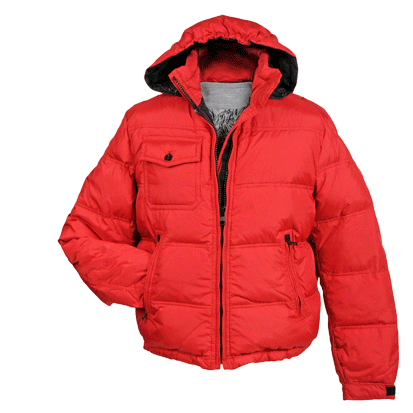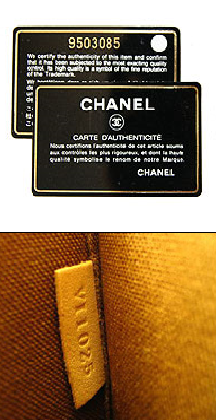Contemporary fashion is undergoing a transformation.
We are increasingly witnessing all industry sectors shift towards the digital. And fashion is no stranger to technology.
Counterfeiting has become a global menace. We have already discussed how IoT is helping companies like HP fight counterfeiting.
But the fashion industry is trickier.
Counterfeiting and fake products manufacturing are higher in the fashion industry given the availability of knock-offs of big brands at cheaper prices. As a result, apparel gets even more challenging to authenticate thanks to the increasing sophistication of manufacturing products that can pass off as originals. There are many people donning fake LVs (Louis Vuitton) and MKs (Michael Kors) all around the world. Some customers even get duped and end up purchasing fake products for very real prices. Moreover, the rise of e-commerce websites has multiplied the scale of the problem.
As per the OECD, 2.5 percent of all imports account for counterfeited products, out of which, the US, Italian and French brands are hit the worst. Worth nearly half a trillion dollars per year, profits recovered from the counterfeiting of goods are further used to organize other crimes according to the report by OECD and the EU’s Intellectual Property Office.
With efforts taken by industry leaders to trademark products, many are now integrating technology to further help customers and retailers authenticate products.
Chanel and LV Authentication Labels
The rise in fake products and counterfeiting has provoked big brands to fight back. Chanel places hologram stickers with unique serial numbers in the lining of its handbags while Louis Vuitton has ‘date codes’ to validate authentic LV products.
Succumbing to authentication methods pertaining to the 70’s and 80’s may not be feasible in a world where technology allows sophisticated counterfeiting and manufacture of fake products.
What is required is an IoT approach towards authenticating these merchandising products.
Toronto based Authentic or Not believes every product needs an ID. By embedding their microchips in apparel and other merchandising brands, Authentic or Not claims to bridge the gap between technology and fashion. Their microchips are designed specifically to withstand washing and dry-cleaning conditions, integrating fashion and IoT. And hovering a smartphone in front of microchips-embedded clothes can verify their authenticity.

IoT Enabled Clothing can help authenticate products and Fight Counterfeiting (Source: Authentic or Not)
This is only one of the use-cases for incorporating IoT into fashion. What is interesting to note here, is that products do not necessarily need a ‘microchip’ to participate in the Internet of Things. They can do so without one.
When we talked about ‘Everyday Shirts on the Internet’, we explained the relevance of ‘pseudo-connected’ devices and things that can also be a part of this trend. By allocating a unique identifier to products that cannot directly connect to the internet, they become eligible to participate in the Internet of Products.
QR codes, RFIDs, and other unique product identifiers to build a brand’s product directory such as barcodes or other two-dimensional code labels can be used. These technologies are also not very expensive to deploy on all products, whereas a microchip on every product can be more feasible for higher value luxury fashion products.
Scannable and readable physical product markers can potentially IoT enable clothing and other merchandising like handbags, sunglasses, watches, shoes etc. Maintaining a digital record of fashion products allows customers and retailers to quickly run a check on the internet against these authentication labels.
These physical markers can be checked against the brands’ product data directory or centralized product IoT inventory. Brands can utilize and leverage this user-product data to enable other features like warranty management as well.
As a result, it makes it tougher for counterfeits to replicate and sell fake products.
IoT Platforms have the potential to drastically intervene and transform the billion-dollar counterfeit industry. With lack of Intellectual property rights to safeguard products, high-end fashion and merchandising brands need to deploy IoT technologies internally. Brands can implement similar technologies to fight back counterfeiting and fake products by building ‘smart products‘ or by simply connecting them to the internet.


Recent Comments